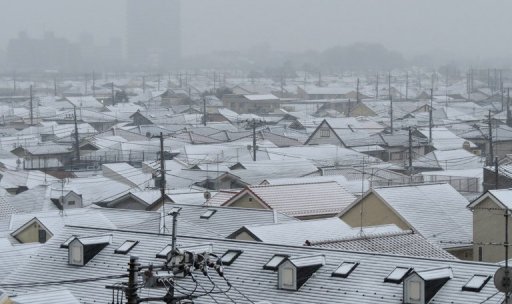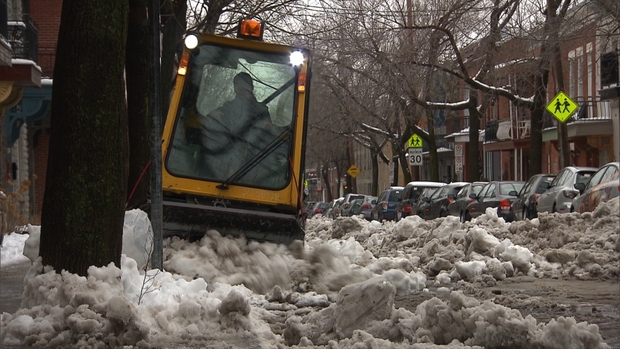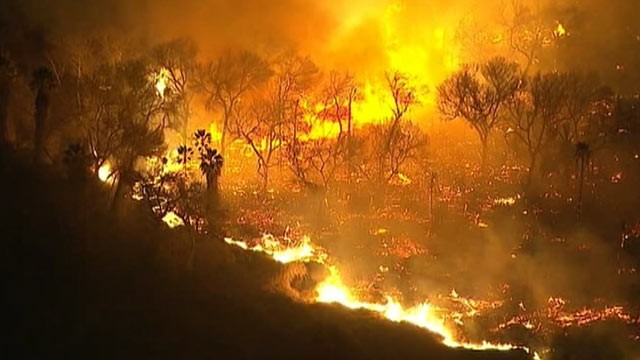OF THE
TIMES



"The story is to put a time limit on how fast our Earth system can recover from a total frozen state," Bao said. "It is about a unique and rapidly changing post-glacial world, but is also about the incredible resilience of life and life's remarkable ability to restore a new balance between atmosphere, hydrosphere and biosphere after a global glaciation."Bao's group went about investigating the post-glaciation period of Snowball Earth by looking at unique occurrences of "crystal fans" of a common mineral known as barite (BaSO4), deposited in rocks following the Marinoan glaciation. Out of the three stable isotopes of oxygen, O-16, O-17 and O-18, Bao's group pays close attention to the relatively scarce isotope O-17. According to Killingsworth, there aren't many phenomena on earth that can change the normally expected ratio of the scare isotope O-17 to more abundant isotope O-18. However, in sulfate minerals such as barite in rock samples from around 635 million years ago, Bao's group finds large deviations in the normal ratio of O-17 to O-18 with respect to O-16 isotopes.
These extracts from the Greenwire article illustrate why the climate system is not yet well understood. The science is NOT solved.Judith Curry provided running commentary in her post Candid Comments from Global Warming Scientists. If you haven't read it, it's a worthwhile read.

